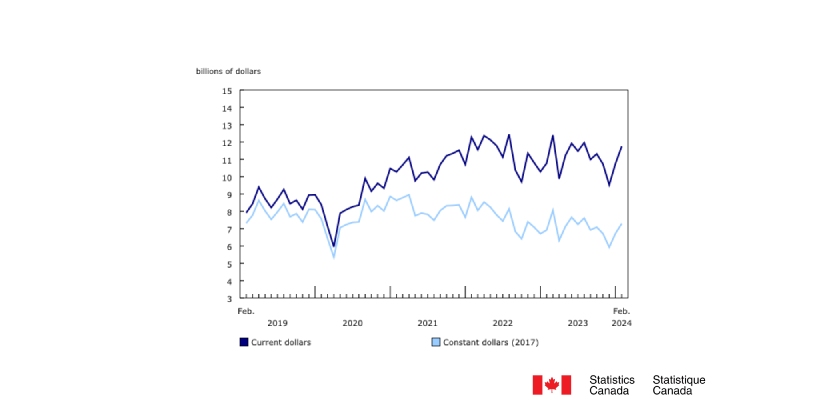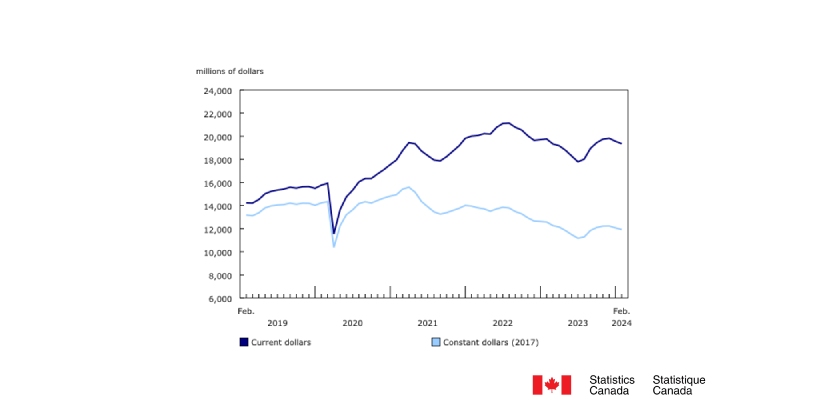Pathways to Net-Zero: Electrification and Transitioning to a Electricity-Based Economy
October 18, 2022
By: Blake Marchand
This article stems from the discussion at Nexans’ Change the Current event hosted this past month at the Evergreen Brick Works in Toronto, focusing on the presentation by Dr. Bruce Lourie, a policy expert and best selling author. The theme of the discussion was electrification, clean energy, and achieving net-zero-carbon in Canada and what an electrified future means practically. Lourie discussed the factors that will have the biggest impacts on how we transition to a net-zero economy and some of the barriers to that transition.
Globally, we’re committed to keep warming below 2 degrees – a more ambitious target of 1.5 degrees would make for a more inhabitable planet, although we currently sit at 1.1 degrees of warming so it is becoming an unrealistic target. Beyond that, there is an additional level of urgency to Canada because emissions have gone up 21% since 1991 levels. Canada is going to feel the impacts of climate change more harshly because of those increased emissions. Making the transition to an economy based on clean energy all that much more important. This puts increased pressure on the electricity industry to plan for the electrified future and embed those priorities into their regulatory structures.
Canada’s emissions increase is largely impacted by the oil sands. Because of that, Lourie said, “We have a particular challenge in this country.” The UK and EU have both reduced emissions since 1991 by 43% and 28% respectively, and the U.S. has managed to level off since ’91, in comparison.
Other provinces have reduced emissions by phasing out coal. Although Alberta is currently in the process of doing that as well, the oil sands remain a significant contributor. The oil sands emit approximately 70 Megatonnes (Mt) per year. Alberta has legislation for a 100 Mt per year cap on emissions and plans for a $30/tonne carbon tax. Canada has an ambitious carbon pricing plan, however when it comes to the largest emitters the plan lacks teeth.
Achieving net-zero requires a “great transition,” Lourie said, “that’s going to be challenging, but also is going to bring unprecedented economic opportunity. Massive investment required in infrastructure. A big part of that infrastructure investment will be related to electrification. Electrifying buildings, heating, electrifying the transportation sector, building out and increasing the capabilities of the electricity grid.”
“If you think about the overall economy – whether it’s transporting the products that we’re buying every day, how we build buildings, how we retrofit buildings, how we generate and use energy, all of that will be changing dramatically over the next 20-30 years,” he said.
It’s important to frame the path to net-zero as an economic opportunity because that’s essentially what it is, the financial sector has a role to play in helping financing infrastructure investments. Beyond the devices, equipment, and infrastructure, electrification means transitioning from a fossil fuel-based economy to a clean electricity-based economy.
 Pathways to Net-Zero
Pathways to Net-Zero
Basically, electrification involves using clean electricity to heat buildings and power manufacturing, electrifying transit, EV charging infrastructure, carbon capture in cement, hydrogen in long haul freight, electrifying air travel. Air Canada re
An important aspect of the transition is ensuring that we have the raw materials and industrial supply chain to facilitate. As mentioned in the first article, circular economy factors in meeting the increased demand electrifications will put on resources like copper. Lourie also said discussion and strategic planning around Canada’s supply chains and how they link to global supply chains will be critical to net-zero.
Ultimately, when it comes to pathways to net-zero it’s important for us to recognize that there is more certainty than uncertainty at this point in terms of what technologies and strategies need to be put in place. Although, certainly uncertainty still exists, Lourie said, “but so often uncertainty has been used historically as a reason to not act. We need to recognize that we actually have a fair bit of certainty.”
Most things that are currently powered by fossil fuels can be electrified. Air Canada recently purchased the first fleet of electric planes, for example. On top of electrifying most things that use fossil fuels we also have to “use every single end-use of energy more efficiently than we do today. About double the current efficiency,” Lourie said.
Generally, studies show that the capacity of the electricity grid globally will need to be doubled or even tripled to meet the demand of an electrified economy.
“The way I look at that – we’re likely going to need to triple it if we don’t use end-use energy super efficiently.”
Tripling the capacity of electricity systems around the world is massive expense compared to doubling capacity.
“We can’t underestimate the importance of efficiency,” he reiterated.
The Role of Government and Regulation
The governance and administration of electricity systems will play a major role, as well, which Lourie said is, “the nut we need to crack in this country.”
There’s global consensus, he said, that 80% of our electricity will need to be from clean sources, Olivier Chevreau mentioned it will be 50% by 2050.
The more people that understand and buy into this direction and trajectory for electrification the easier it will be, “to start to put in the kind of mechanisms that get us there,” Lourie said.
“Fundamentally, what we’re going to see is a change in the relationships around the electricity system. This is everything from markets, market rules, regulatory structures, government structures, and it’s going to need a lot of sophisticated understanding and public engagement to get people behind the kind of change that we need.”
“And quite frankly, right now, Canada is not set up to expand or efficiently develop our electricity systems because of our broken up provincial governance.”
“We need to have technology and material suppliers co-ordinate themselves in these supply chain alliances that I was referring to [previously Lourie was discussing how domestic supply chains that support electrification need to integrate into global supply chains], and then we need effective regional governance models.”
Currently each province regulates its own electricity, Lourie said we need to develop a more strategic model with larger regional bodies to facilitate electrification on the way to net-zero.
Currently, Quebec is the only province that is adequately preparing for the electrified transition.
“Fundamentally, electric utilities need to have net-zero embedded, in a regulatory way, in all their future planning,” Lourie said.
There are utilities in Canada that don’t have plans for electricity expansion, much of their work goes into maintaining the current capacity.
In the simplest terms, Lourie said, “Essentially, what we are doing with electrification is moving from a fossil fuel-based economy to electricity-based economy. “Basically, the conversation that are happening right now revolve around how quickly the transition can take place as we ‘ramp down old energy systems,’ and ‘ramp up new energy systems.’”
Barriers to Decarbonizing According to Lourie:
Supply constraints, material or equipment shortages, human resources.
Public acceptance of large infrastructure products. Large wind farm, large solar farm see lots of push back.
Its key to engage in indigenous communities and give them a stake in development.
Industry resistance to electrification, primarily oil and gas.
Affordability is going to be a big political battle, Lourie said.
Technology availability.
Creating grid readiness for the increase in demand.















